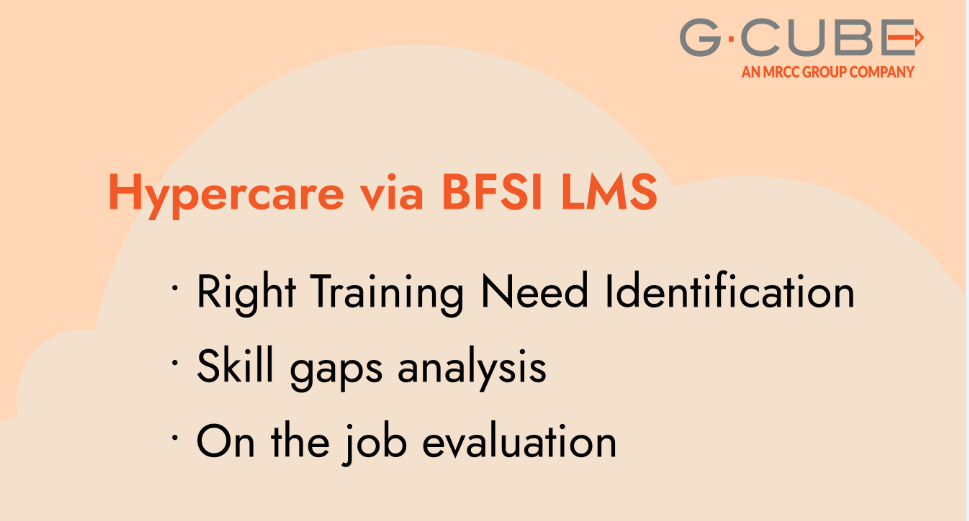The soaring popularity of mobile phones among different generations and large number of app-based services delivered through the mobile platform has been the greatest game-changer in the industry.
In the post COVID 19 situation, the demand for high-speed internet has increased with offices, schools and others operating their daily routine online. In 2020, the mobile data services segment held the largest share of nearly 33.0% and is expected to exhibit a significant CAGR from 2021 to 2028 (Grandviewresearch.com, 2021).
For Telecom sector, strength is in numbers – there is a huge customer base to handle, which needs a matching ratio of workforce to provide support. The training of this huge number of workforces can be quite challenging to manage but unavoidable because telecom is also a very competitive market. From onboarding to continuous employee training on changing product offerings, service parameters, and technological advances is crucial in this industry. With constantly growing workforce you would need a corporate learning platform to manage the process seamlessly and help in achieving the learning targets faster which in turn shall provide the competitive edge to your employees.
How a Corporate Learning Platform can make learning more engaging?
Online or offline learning infrastructure basically serves two purposes. On one hand it creates a robust system for the learners to seamlessly participate in their regular learning process. On the other hand, it must be an engaging system which will ensure continued learner participation. Huge manpower in the Telecom industry also signifies high rate of attrition, third-party enrolled employees, and lower engagement. An extended enterprise learning management system is known to automate the user management of this extended workforce which includes sales representatives, external distribution partners, franchises, service technicians, customer support executives etc. Let us discuss how the system can also keep your employees interested in their learning solving the challenges of attrition and lack of engagement.
Gamified Learning Experience
A gamified LMS with interactive features can be beneficial for your extended workforce to encourage them learn newer concepts quickly. This can be achieved by implementation at an individual level or in a group. The LMS allows you to create a healthy competitive environment with individual scores displayed on a leaderboard to boost learner engagement through scores & badges.
AI powered Content Library
The use of OTT platforms has increased post COVID19 and some of these apps are extremely innovative in terms of the content categorization and recommendation that they present to their viewers. On similar lines, LMS can provide recommendation of video-based learning nuggets for quick consumption & greater retention for the learners. These nuggets are very beneficial to the sales & customer support team as it serves as point-of-sale support.
Mobile App support for extended workforce
Collectively, the human population spends more than 60% of their time on their mobile devices. This makes the mobile phone a perfect device for learning and the mobile app variant of the LMS provides the learning on-the-go. This helps learners utilize their off hours to as it provides both online & offline learning accessibility.
Social Learning Tool
The social learning platform seeks to engage learners and provide a human context to their learning experience. These tools help to create an environment of collaboration between employees and provide an active platform for the remote workforce to engage with. The connection between learners and instructors can also benefit from a social learning platform. Experts believe that social learning tools promote peer-to-peer learning, which constitutes of 70% of all corporate learning, in the virtual environment.
To summarize, the customer base for Telecom sector has been growing daily and this shall remain the trend in the upcoming years. Thus, Telecom companies need to strategize their plans in having a workforce ready to manage this huge customer base with equal focus on the training of new hires and upskilling of existing employees. With some of the biggest names in the domain as our client, G-Cube has expertise in handling the learning, training, and development needs of Telecom sector. Our learning experts will be happy to answer any queries you may have.







